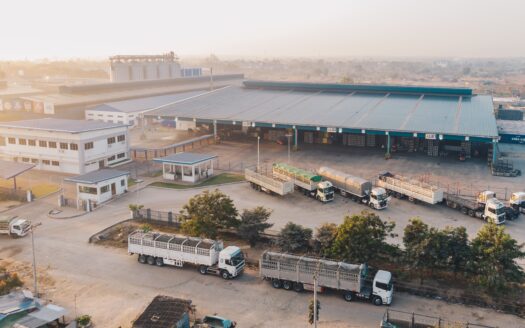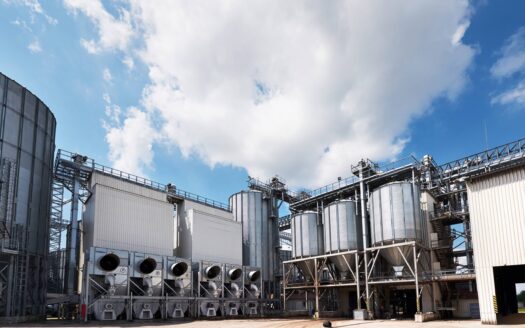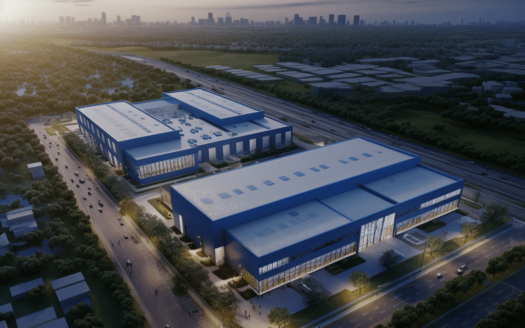How do item move in warehouses Malaysia?
Depots are central to today’s supply chain systems and act primarily as means of storing and organizing products. In Malaysia in particular situated in the South East Asia region and together with the growing number of e-commerce sites the importance of warehouses is well defined. This paper aims at providing comprehensive information on how warehouses operate, technologies used in warehousing, the main difficulties and solutions involved as well as providing light in the Malaysian examples.
Contents
Introduction to Warehouse Processes
Why are primarily used for storage of goods and as a holding place where products are taken before distribution and eventually transported to the final destination. Malaysian warehouses are used by various sectors such as manufacturing, retail and even by the emerging sectors of the e-commerce. Here’s a breakdown of typical warehouse operations:
Receiving Goods:
- There is inspection of received goods with special reference to the physical quantities against the purchase orders.
- In essence, goods are received, marked and documented into the store’s management system.
Storage:
- Products are positioned in special regions where certain products or equipment is found; for example, pallet racking, shelves or refrigeration for perishable foods.
- Storeroom is identified to allow proper stocking and location of inventories in a manner that permits easy identification at the point of use.
Order Processing:
- When an order is placed, merchandise is taken from specific locations within a frosting or frosting freezer.
- They are then packed safely under the shipping containers in cases where they are being transported.
Shipping and Distribution:
- These packed goods are then transported to their final consumers, either food stores, other companies or to the end user.
Inventory Management:
- Stock status is monitored for availability and to avoid most of the items go to waste.
- There are frequently specialized systems that help manage demand forecasts and reorder, for instance.
- Warehouses in Malaysia range from small scale to big automated warehouses that processes hundreds if not thousands of shipments on a daily basis.
Key Technologies in Use
Recent warehouses in Malaysia have applied modern techniques that improve efficiency and reduce errors. Below are some key technologies in use:
Warehouse Management Systems (WMS):
- Products like SAP, oracle, local solution etc cut’s across the operation from stock management to order execution.
Automation and Robotics:
- Currently, automated storage and retrieval systems (AS/RS) and robotic arm are utilized in managing the products.
- AMRs help in providing mobility to the items in warehouse through the aided transport.
Barcoding and RFID:
- Since it is fast to scan barcodes and product through rfid tags it is easier to track products on the shelves.
IoT Sensors:
- These include the checks of temperature and humidity, which are very vital for firms in the food and drugs sectors.
Cloud Computing:
- The use of cloud solutions allows the people working at different places to have the access toward the data in real-time.
AI and Machine Learning:
- Demand forecasting and inventory management are enhanced to achieve better results by means of predictive analytics.
- Besides enhancing efficiency these technologies also minimize mistakes, hence customers always get their orders on time.
Some Issues That Are Related to Management of Warehouse
Despite technological advancements, managing a warehouse in Malaysia comes with its own set of challenges:
Space Constraints:
Due to urban planning, it is challenging to find large warehouse lands especially within the cluster of Klang Valley and Penang states.
Labor Shortages:
The positive result of the investigation implies many challenges typical for the logistics sector, in particular, a shortage of qualified professionals.
Rising Costs:
Rising rental costs, energy costs and implementation of technology costs form a core part of the financial risks.
Complex Supply Chains:
This means that operations can be complicated when several suppliers and delivery channels exist.
Regulatory Compliance:
The customs regulations together with the industry standards should always be observed to the letter.
Environmental Concerns:
There is increasing social pressure on organizations to green themselves by, for instance, cutting on their energy use and wastage.
Tips for Smooth Operations
To address these challenges and improve efficiency, businesses can adopt the following strategies:
Optimize Layout Design:
Layout of the warehouse should be done in such a manner that the flow of operation is optimized reducing the movement distance.
Invest in Staff Training:
This way, during time of enforcement, they can put it into practice because they have been trained on how to use new technologies in the company and how to follow safety measures.
Embrace Automation:
Documents which formerly had to be sorted and re-sorted and lists which used to be laboriously compiled and updated are therefore beneficial to automate.
Monitor KPIs:
Metrics including order accuracy, inventory turnover and picking efficiency are used in measuring the performance.
Adopt Green Practices:
So use energy-efficient lighting systems, recycle packaging materials and try to plan the route to minimize carbon emissions.
Collaborate with 3PL Providers:
In outsourced services, third-party logistics providers segregate services they provide which consist of warehousing and storage down to last mile delivery and other scaled services.
Excerpts from Malaysian Businesses
- E-Commerce Giant: Lazada Malaysia
The case in point is Lazada, one of the most significant e-commerce companies in Malaysia that has very technologically advanced and relatively automated warehouses. Its fulfillment centres include robotics for sorting and packing, for efficient order processing demand, more so during festive seasons. Optimisation of demand forecasting through AI has helped reduce cases of stockouts and stock overruns at Lazada.
- Food and Beverage: Nestlé Malaysia
Nestlé also has well equipped warehouse facilities that have been erected to store perishable foods which require at time, cold storage. It utilizes IoT sensors for temperature check or to check when the products are fresh. Sophisticated routing methods enhance delivery time schedules, lowering fuel cost, and enhancing service delivery.
- Small and Medium Enterprise: FashionValet
FashionValet, an indigenous online fashion retailer utilizes a WMS that is best suited for its operations. The company has maintained efficiency in handling volumes primarily by centralizing inventory and automizing order picking thereby reaching even the festive seasonhighs.
- Third-Party Logistics Provider: YCH Malaysia
YCH Group provides the outsourced operation services of a third party and has set up sophisticated facilities in Malaysia. This company provides solutions in different sectors, including auto and electronics. This way, by using blockchain technology, YCH guarantees confidentiality and order in the work of the supply chain.
Conclusion
Malaysia faces a very competitive market and hence warehouses are very essential in helping different companies in the country. From technological upgrade and planning, today’s warehouses are complex working centers. Whether problems such as lack of space or scarcity of workers, ideas and organizational methods guaranteeing run have not been solved. Based on case studies of Malaysian Business, effective management of the warehouse base remains a critical competitive weapon for firms in the current volatile business environment. Any infromation about warehouse can contact Ken Agent Aczeon.








